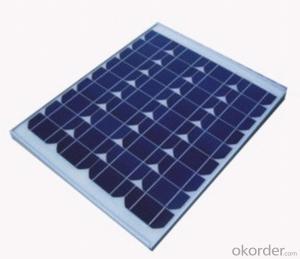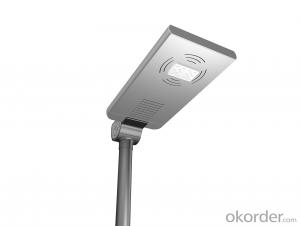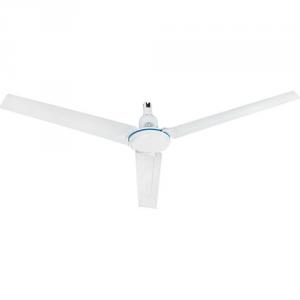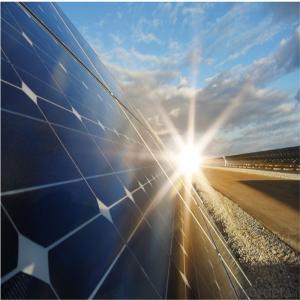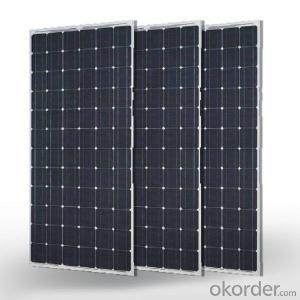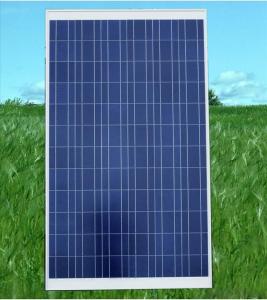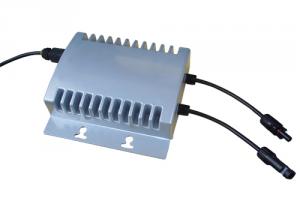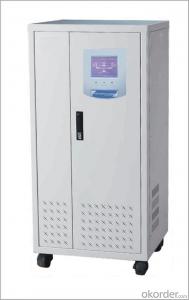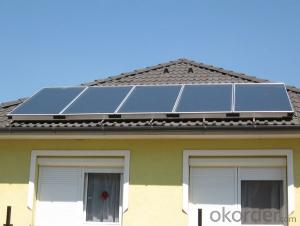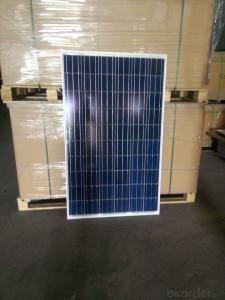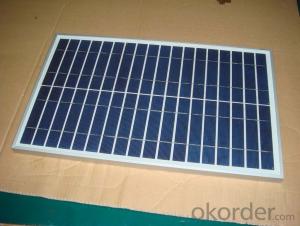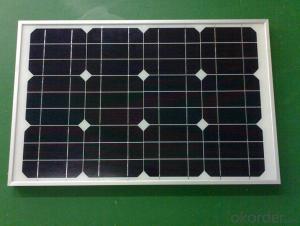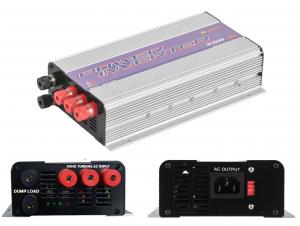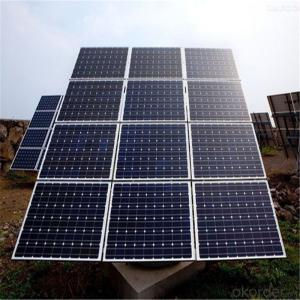25kw Solar Inverter
25kw Solar Inverter Related Searches
25kw Inverter Solar 25 Kw Solar Inverter 25 Kva Solar Inverter 250kw Solar Inverter 250 Kw Solar Inverter 250 Watt Solar Inverter 250w Solar Inverter 2500 Watt Solar Inverter 25 Kw Solar Inverter Price Solar Inverter 2.5kw 2.5kw Solar Inverter 2.5 Kw Solar Inverter 2.5 Mw Solar Inverter 2.5 Kva Solar Inverter 2.5 Kva Solar Hybrid Inverter 24 Volt Solar Inverter 2.5 Kva Mppt Solar Inverter 24v Solar Inverter Solar Inverter 2500va Price 24v Inverter Solar 250 Kw Solar Inverter Price 24 Volt Solar Power Inverter 24 Volt Inverter Solar Solar 24v Inverter 20kw Solar Inverter 50 Kw Solar Inverter 50kw Solar Inverter 20 Kw Solar Inverter Solar Inverter 50kw 15kw Solar Inverter25kw Solar Inverter Supplier & Manufacturer from China
The 25kw Solar Inverter is a high-performance product designed to convert solar energy into usable electrical power. This inverter is equipped with advanced features, such as maximum power point tracking (MPPT) and孤岛效应保护, ensuring optimal energy conversion efficiency and system safety. It is an essential component in solar power systems, playing a crucial role in harnessing solar energy for various applications.The 25kw Solar Inverter finds its application in a wide range of scenarios, including residential, commercial, and industrial settings. It is particularly useful for large-scale solar power installations, where high energy output is required. This inverter is capable of handling the power demands of these installations, making it a popular choice among solar energy enthusiasts and professionals alike. Its robust design and reliable performance make it suitable for both grid-tied and off-grid solar power systems, catering to diverse energy needs.
Okorder.com is a reputable wholesale supplier of the 25kw Solar Inverter, boasting a vast inventory to cater to the varying demands of customers worldwide. The company is committed to providing high-quality products at competitive prices, ensuring that customers receive the best value for their investment. With a strong focus on customer satisfaction, Okorder.com offers a seamless purchasing experience, making it easy for customers to find and acquire the 25kw Solar Inverter they need for their solar power projects.
Hot Products









